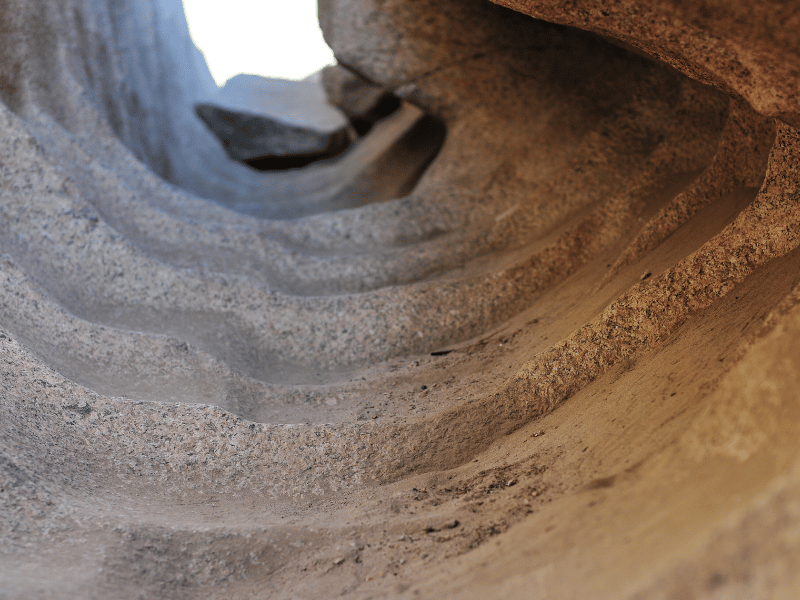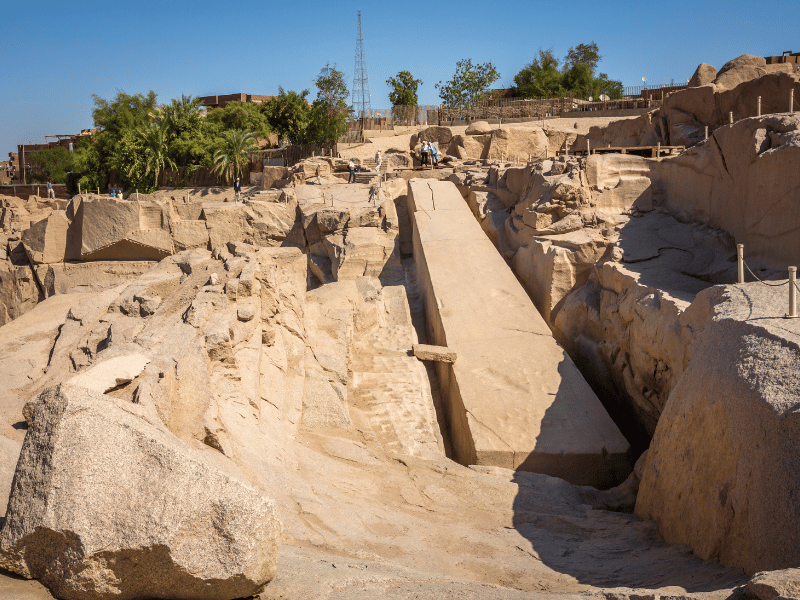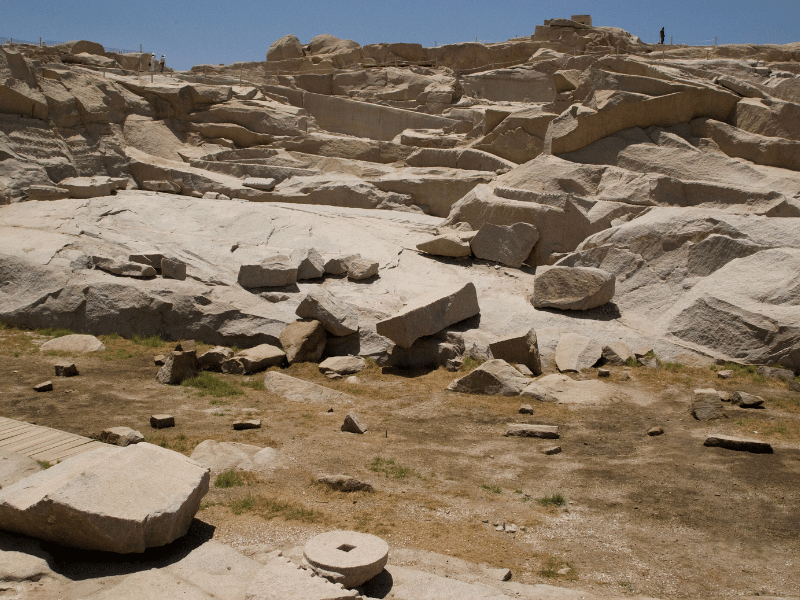A Monument to Grand Plans and Heavy Labour
Standing proudly yet still waiting to rise from the bedrock is one of Egypt’s most compelling historical puzzles – the Unfinished Obelisk. Located near the granite quarries of ancient Alexandria, this colossal monument tells of grandiose visions, meticulous planning, and the backbreaking toil of tens of thousands of workers over generations.
- Place: Unfinished Obelisk
- Country: Egypt
- Governorate: Aswan Governorate, Egypt
- Age: Estimated to have been carved around 1450 BC
- Population: Historical site, uninhabited
- Discovered by: Brought to Western attention in 1819 by Giovanni Belzoni
- Famous for: The largest known ancient obelisk, yet left unfinished
- Nearby locations: Philae Temple (2km south), Elephantine Island (3km north)
Engineering Wonders of the Pharaonic World
Measuring over 42 meters in length had it been completed, the Unfinished Obelisk reveals precision cutting techniques used by ancient stonemasons. Deep recess carvings delineate where individual stones would be separated with ropes saws, chisels, and levers. Its near-perfect shape and polish illustrates the sophisticated tools and multi-step process developed over centuries to extract towering monoliths from quarries and transport them considerable distances.





What Prevented Completion?
So what stopped completion of such an immense national pride project? Small fissures discovered deep in the stone may have been why it was ultimately deemed too structurally unsound, despite massive effort already invested. It stands as a reminder that even for the mighty dynasties of ancient Egypt, not all construction challenges could be overcome. However, within its massive abandoned frame echoes the indomitable human spirit to continually strive for the new impossible.
Continued Cultural Significance
Today, the Unfinished Obelisk attracts both locals and international visitors keen to learn from its unfinished state. Its quarry setting is now a protected archaeological park resonating with history. Interactive exhibits shed light on tools and techniques used, while guided walks bring the past to life. Perhaps most profoundly, it remains a symbol of humanity’s continued drive to push boundaries through ambitious vision, cooperation and ingenuity against all odds – a timeless lesson as relevant as when first conceived over 3,500 years ago.
Preserving Shared Cultural Heritage
Conservation efforts protect the Unfinished Obelisk and its quarries for future generations. With community outreach programmes, Aswan residents gain appreciation for antiquities as cornerstones of national identity and drivers of sustainable tourism. This ensures Egyptians remain guardians of treasures demonstrating past excellence to the world. By safeguarding sites like these through collaborative efforts, a rich cultural inheritance is preserved for all people regardless of origin, united through our shared history.











